Tulcea (pronounced at Tool-cha) is a Romanian city located in Northern Dobruja, Romania. Tulcea has been an important harbour since its inception and it continues to be of strategic importance. Sometimes nicknamed as “The gateway city to the Danube Delta”, many come to Tulcea for their Delta holidays. The reason for the nickname is because the shores also resemble a gate.
Tulcea is the main point from which visitors can go visit the Danube Delta. From Tulcea you can take one day trip to the Danube Delta or stay in the reservation for as long as you wish. Tulcea has an array of accommodation options to suit all budgets. Here is your complete travel guide to Tulcea to have you make the most out of your trip to this unique Romanian city.
Table of Contents
- About Tulcea
- How to get to Tulcea
- When to visit Tulcea
- Where to stay in Tulcea
- Things to do in Tulcea
- Visitors Center Danube Delta Aquarium
- Danube Shores
- The Independence Monument
- Visit Tulcea Museums
- Enisala Fortress
- Valea Teilor (The Valley of Linden)
- Day trip to Danube Delta
- Măcin Mountains
- What to eat in Tulcea
- Storceag de Somn (Catfish chowder)
- Grilled mackerel
- Saramură with polenta
- Carp row salad
- Boiled Romanian “rac”
- Final Thoughts
About Tulcea
Tulcea is located in southeastern Romania, situated on the St. George arm of the Danube River. To be even more precise, Tulcea is located in Northern Dobruja which is a part of Dobruja that lies between the lower Danube river and the Black Sea.
From Tulcea, you can reach Mamaia, at the Black Sea Riviera in just 1 hour and 45 minutes.
Tulcea was founded in the 7th century BC and its original name was Aegyssus. The city has been under Roman occupation during which it has been restructured and refortified. Tulcea was under Byzantine (5th – 7th century), Genoese (10th – 13th century) and Ottoman rule. It wasn’t until 1878 that Tulcea was finally being reunited with Romania.
Tulcea is an important inland port that can be accessed from the Black Sea via the Danube channels. It mainly relies on tourism and fishing. Tulcea has under 100,000 inhabitants out of which over 93% are ethnic Romanian.
From a cultural perspective, Tulcea is home to the “George Georgescu Contest”, a music competition created by teachers at the Tulcea Arts High School and held annually since 1992.
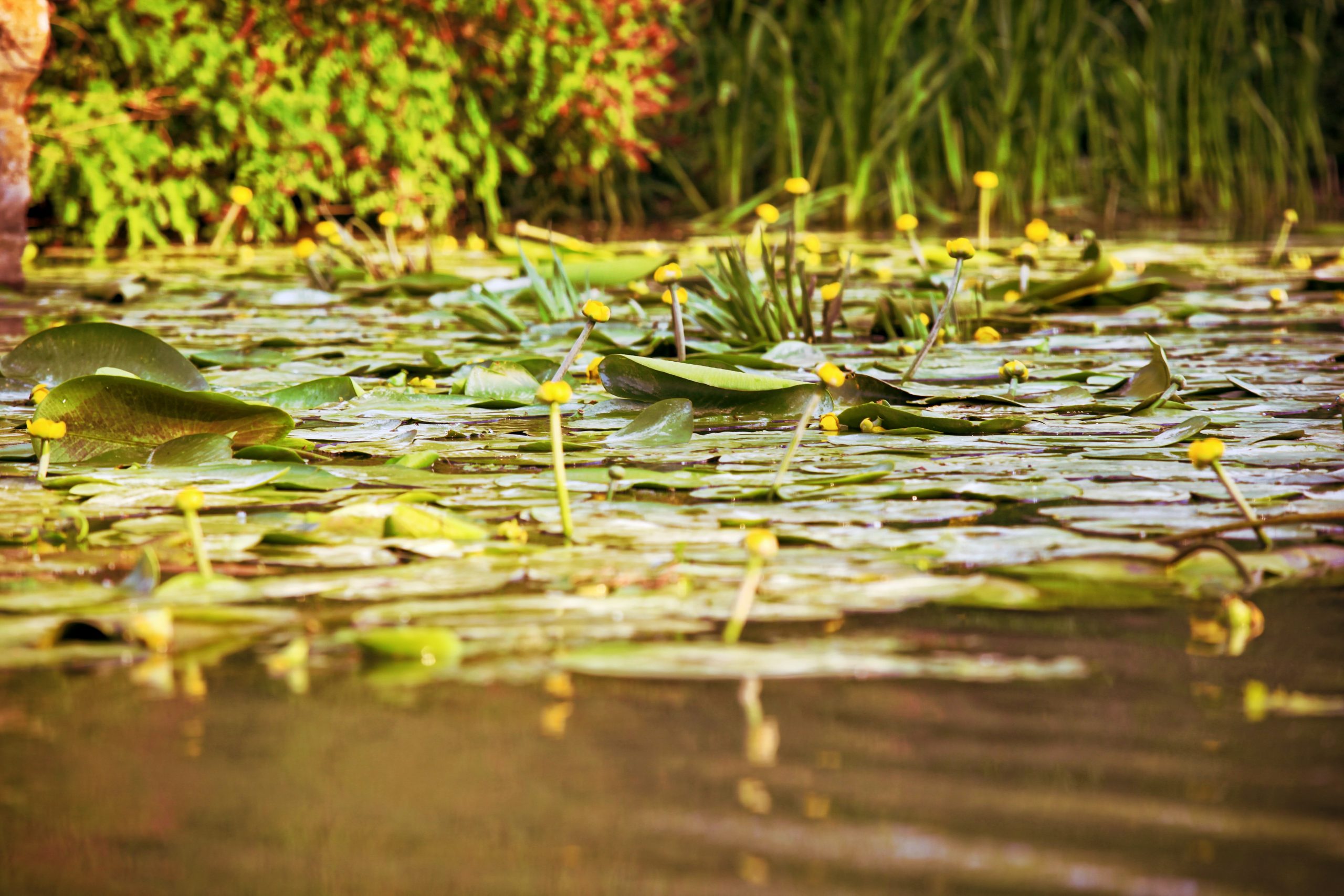
How to get to Tulcea
There are several ways to get to Tulcea. The easiest way is to get there by car. The closest main city is Constanta located 80 miles from Tulcea. Izmail at Odesa in Ukraine is just 50 miles from Tulcea.
By car – The easiest way to get to Tulcea is to rent a car and drive to the city. If you travel from Bucharest it will take around 3 hours and 40 minutes to get to Tulcea. The distance is just 175 miles. You will drive mainly on the Sun Highway (Autostrada Soarelui) also known as A2/E81, DN21.
By train – You can take a train from Bucharest or Constanta to Tulcea via Medgidia. The train station is located very close to the Tulcea city centre. The journey from Bucharest will take around 5-6 hours and the train tickets start from £10 per adult. The journey from Constanta also takes around 4 hours and the ticket costs around £6 per adult.
By bus – You can get to Tulcea by bus with daily services from several major cities including Bucharest, Constanta and Iasi. This is a slower service than driving there yourself but in some cases, it can be a little faster than arriving by train.
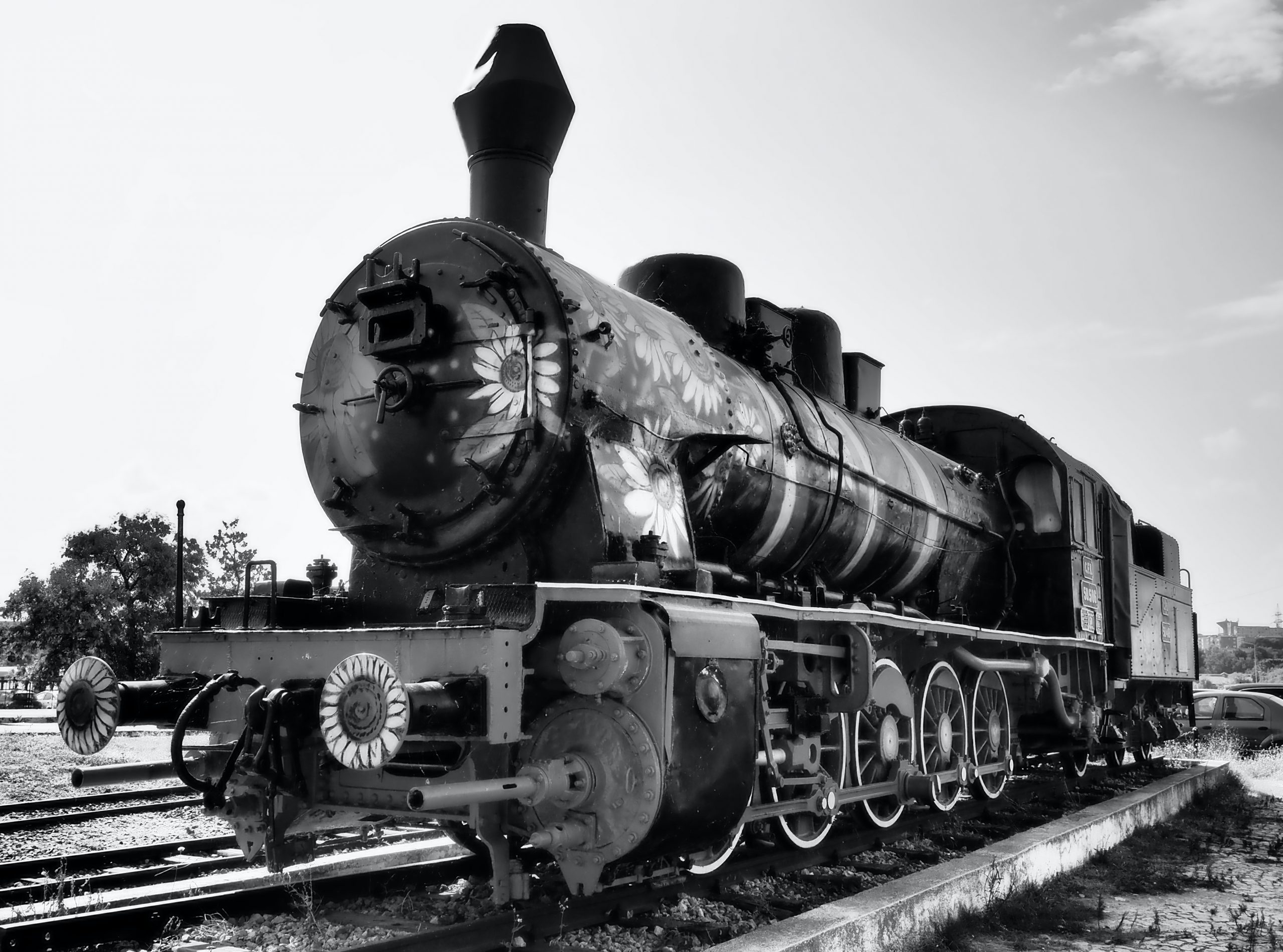
When to visit Tulcea
The climate of Tulcea is temperate-continental with sub-Mediterranean influences. During winter Tulcea is very cold with Arctic air from the north. The maximum temperature recorded was 40.3 degrees, and the minimum was -26.8 degrees Celsius in 1942.
The average annual temperature in Tulcea is one of the highest in the country, being 10.8 degrees.
The best time to visit Tulcea is late April and the whole month of May. This is because summers are hot and when visiting the Danube Delta in the summer you can expect many mosquitoes. If you decide to visit in the summer, make sure to go for loose long sleeve clothing and serious grade mosquito repellent. June is the month of the year when water lilies start blooming on lakes in the Danube Delta making it an amazing time to visit.
Early autumn is also a great time to visit Tulcea and the surrounding areas as the weather is mild and welcoming. During autumn you will also enjoy the second blooming of the water lilies. There won’t be as many tourists around either as that’s when the kids go back to school.
Winters are tricky as the temperatures are very cold and you won’t be able to take day trips to the Danube Delta. Expect very strong winds and snowfall.
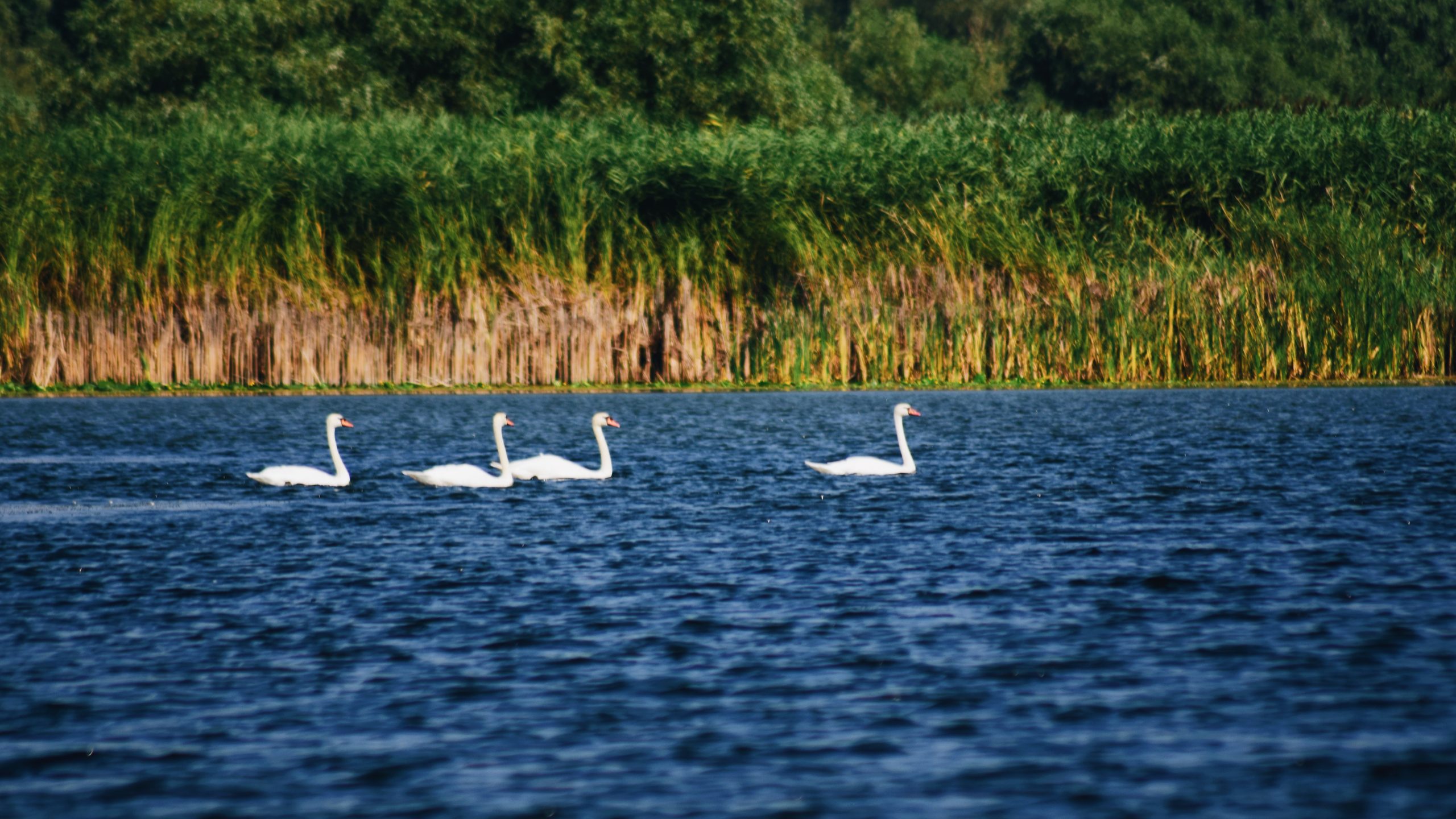
Where to stay in Tulcea
The best place to stay in Tulcea is in between the centre and the water. Tulcea is small and pretty much all attractions are within walking distance. Accommodation is affordable in Tulcea and you can find 4-star hotels but also budget accommodation and self-catered studios managed by private hosts. Here are our handpicked recommendations for Tulcea.
The Esplanada is a 4-star hotel in Tulcea, the gateway to the Danube Delta. It is located on the banks of the Danube River and most of the elegant rooms have a view of the river. The hotel organises nature and bird-watching excursions into the delta, as well as trips to monasteries and rustic parties with campfire and folk music.
Located on a small island in Tulcea, Hotel Insula is a quiet and romantic hotel with incredible views over the water. It’s a perfect hotel to start your adventure in Tulcea and to the Danube Delta.
Belvedere Studio is set in Tulcea and offers a terrace. There is complimentary WiFi and private parking available on site. The apartment is fitted with 1 bedroom, 1 bathroom, bed linen, towels, a flat-screen TV with cable channels, a dining area, a fully equipped kitchen, and a balcony with river views.
Things to do in Tulcea
While Tulcea is a small city, there’s plenty to do and see here. We recommend staying for at least a couple of nights to enjoy all that Tulcea has to offer which includes a day trip to the Danube Delta.
Visitors Center Danube Delta Aquarium
Marine life from Danube Delta and the Black Sea. It’s the biggest aquarium in SE Europe. You’ll see many species from the Delta and you will learn a lot about the local traditions. An adult ticket costs just under £4.
Danube Shores
One of the most beautiful places in Romania, a wonderful place to relax. It’s a tourist attraction which many come to see and enjoy. The Danube Delta is the second largest river delta in Europe and the walking shores in Tulcea are ideal for those who want to promenade amongst locals.
➡️ Book a tour to the Danube Delta
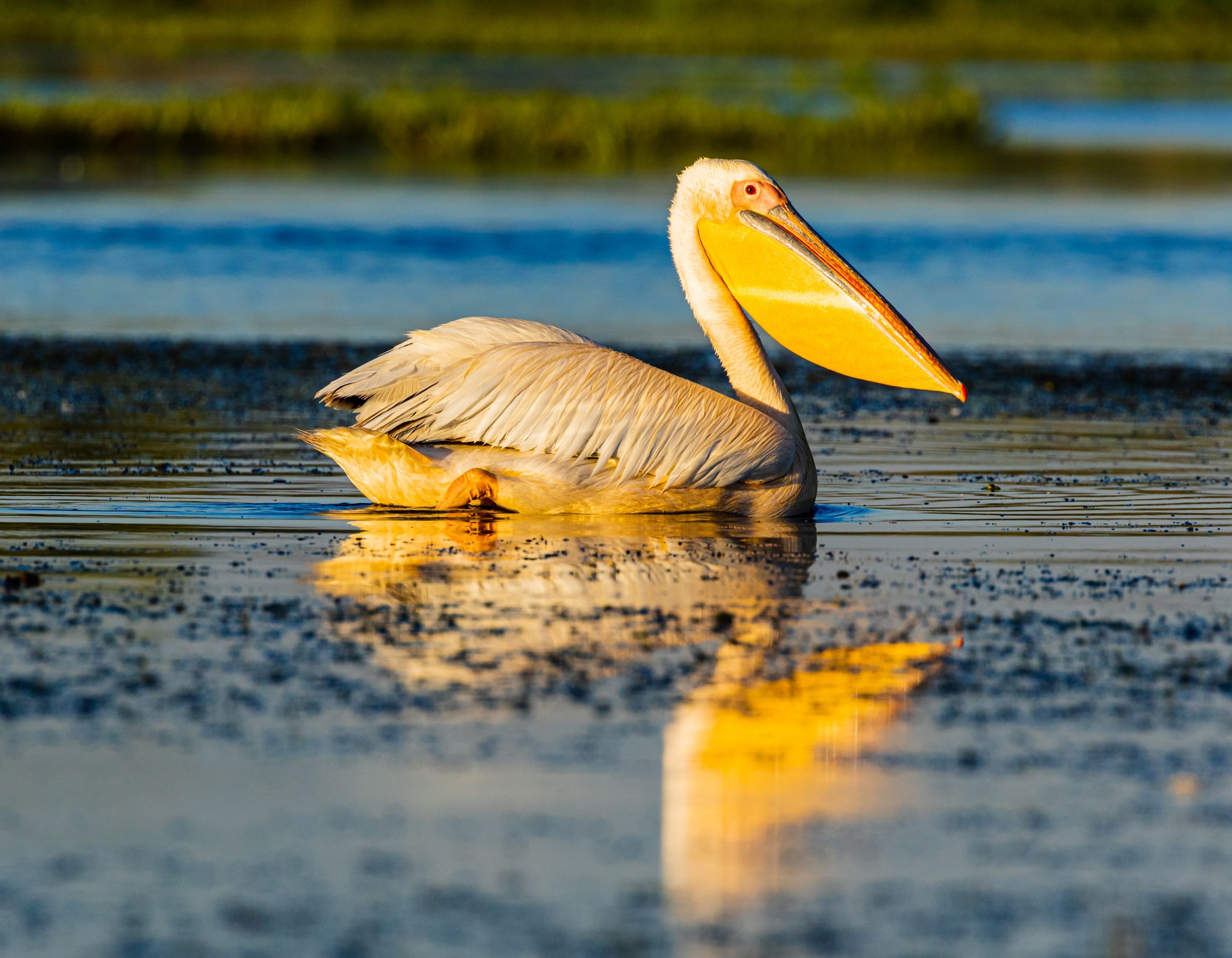
The Independence Monument
As one of the most imposing structures in Tulcea, the Independence Monument is one of the main attractions of the city. We recommend visiting it during sunset as you will enjoy the most incredible vista point on the Danube Delta. Think magnificent
Visit Tulcea Museums
There are several museums in Tulces including the Art Museum, “Casa Avramide” Art Collections Museum, the Museum of Ethnography and Folk Art (MEAP), the Museum of History and Archeology
and the Ship Republic Museum.
Enisala Fortress
Enisala Fortress is located just 25 miles away from Tulcea. Enisala fortress was built by the Byzantine Imperial power between the 13th and 14th centuries. You can visit Tuesday – Sunday between 10:00 and 18:00. The fee is around £0.70 per adult.
Valea Teilor (The Valley of Linden)
A very small village located in Tulcea County with a small monastery. In the monastery, there is a landscaped garden that looks especially stunning in the warm months. Part of it has gorgeous wildflowers that look magical, like a dream. It’s a small monastery but a wonderful little retreat from the busy day to day life. Take a moment, relax, and meditate.
Day trip to Danube Delta
Take the most magical day trip from Tulcea and visit what’s Danube Delta is all about. If you engage with a local tour operator, you have the opportunity to spend a whole day exploring all the riches, including the option to stop in fishing villages and enjoy a proper traditional Romanian meal.
You’ll see some of the most incredible flora and fauna, as well as the most vibrant sunset to remember for a lifetime.
➡️ Book a tour to the Danube Delta
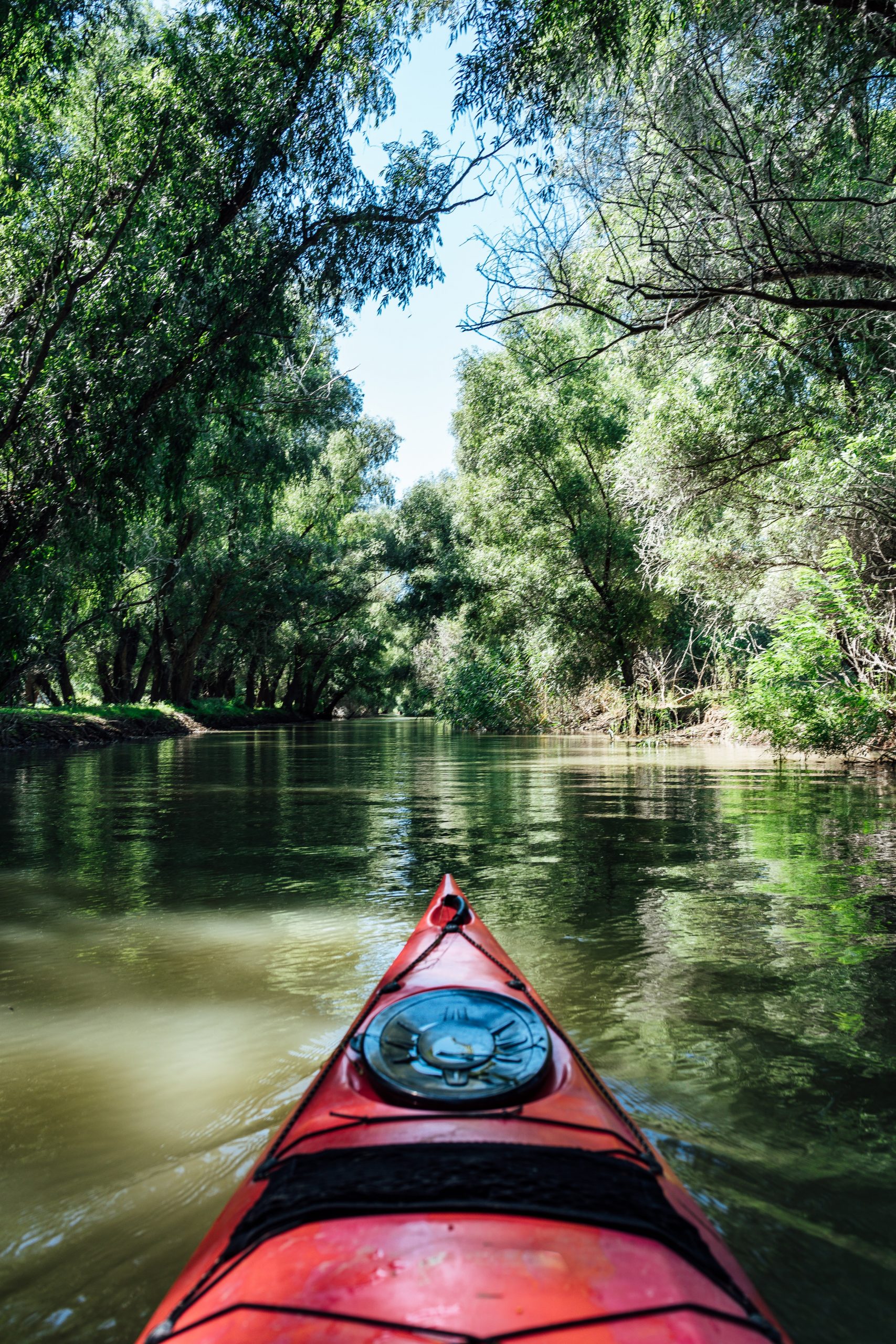
Măcin Mountains
Romanian is known as being home to the Carpathian Mountains, but did you know there are other ranges too? The Măcin Mountains are the oldest mountains in Romania. They are a craggy range with hiking trails, oak forests and home to rare birds of prey. These mountains are located just outside of Tulcea within easy reach. While you are taking a hike, stop at the Cocoș Romanian Orthodox Monastery, a stunning little gem in the mountains.
Hike to Culmea Pricopanului or Cheile Chediului.
What to eat in Tulcea
Being so close to the water, you’ll find an array of fish and seafood dishes here in Tulcea. While every region of Romania has its own types of dishes, the most common traditional foods are seen everywhere in Romania. This includes cabbage rolls, polenta, stews and pies. Here are some of the specific dishes you can find in Tulcea.
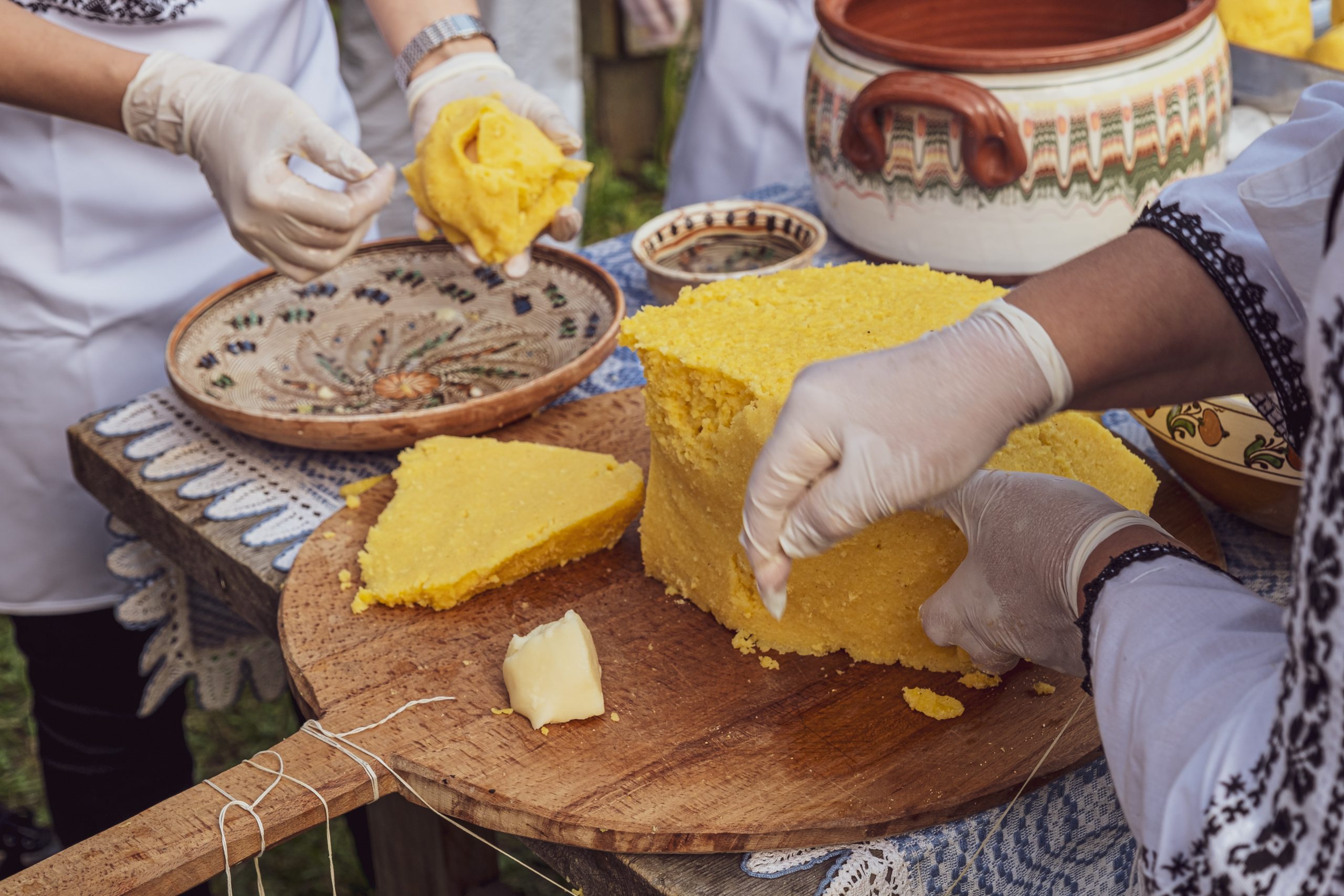
Storceag de Somn (Catfish chowder)
This is a type of Romanian chowder, much thinner than the traditional chowder. It’s ideal if you love fish or seafood and you will find it everywhere by the sea. It is sometimes known as the Queen of all fish soups. So as you can tell, it really is a must-try!
Grilled mackerel
If you want to play it safe, you can always go for some grilled mackerel. It’s normally served with boiled potatoes or polenta on the side, depending on your preference. Grilled fish is served with lemon and herbs as well.
Saramură with polenta
Also known as Saramură, this is a traditional dish based on all kinds of fish. This dish is created by thrilling the fish on a salt bed, then soaked, sprinkled or boiled in brine. It’s usually served with polenta or potatoes.
Carp row salad
Served virtually everywhere in Romania as an appetiser, carp row salad is a simple dish made from salted fish roe, mixed with lemon, onion and a little oil. The result is like a dip served with traditional bread.
Boiled Romanian “rac”
Whole “rac” are boiled and served with dips, potatoes or polenta depending on your taste. It’s important to note that in Romanian the word “rac” is sometimes translated to English on a menu as “crab”. When you order Romanian rac, note that you are ordering a species similar to the Norway lobsters. They are more like langoustines than the traditional crab.
Final Thoughts
Tulcea is a lovely little city that is perfect for a long weekend. It’s the gateway to the magnificent Danube Delta, a wonderful protected area and reservation which is a must-see when visiting Romania. Tulcea has an array of traditional food based on riches from the sea, has plenty to do and see and it’s the perfect place to see some of the most wonderful and colourful sunsets. Going to Tulcea? Don’t forget to tell us about your plans in the comments section below.

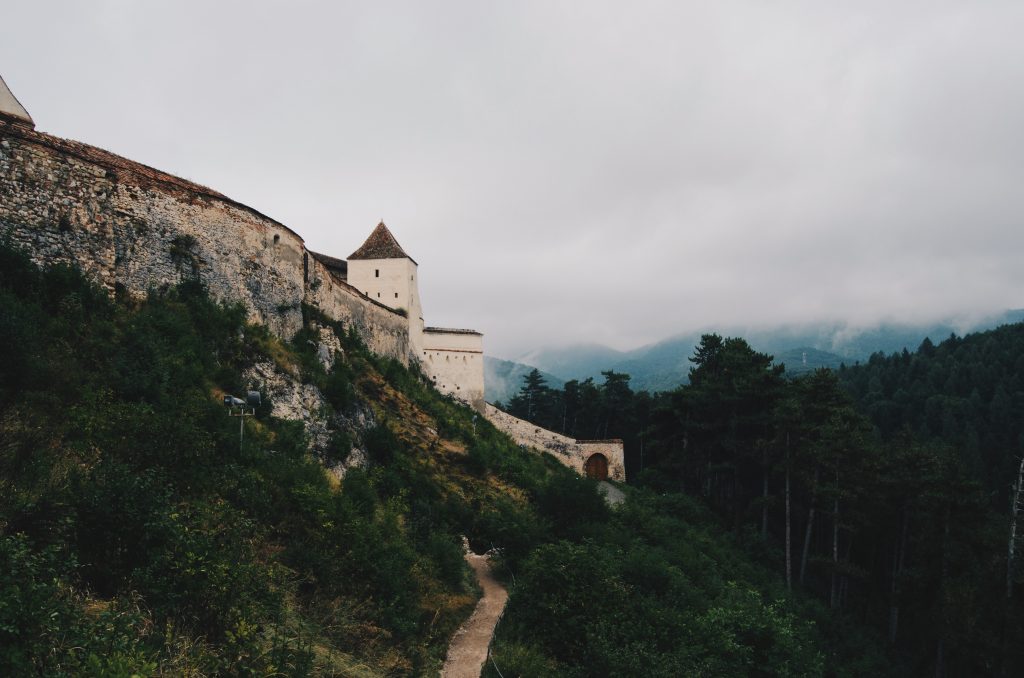
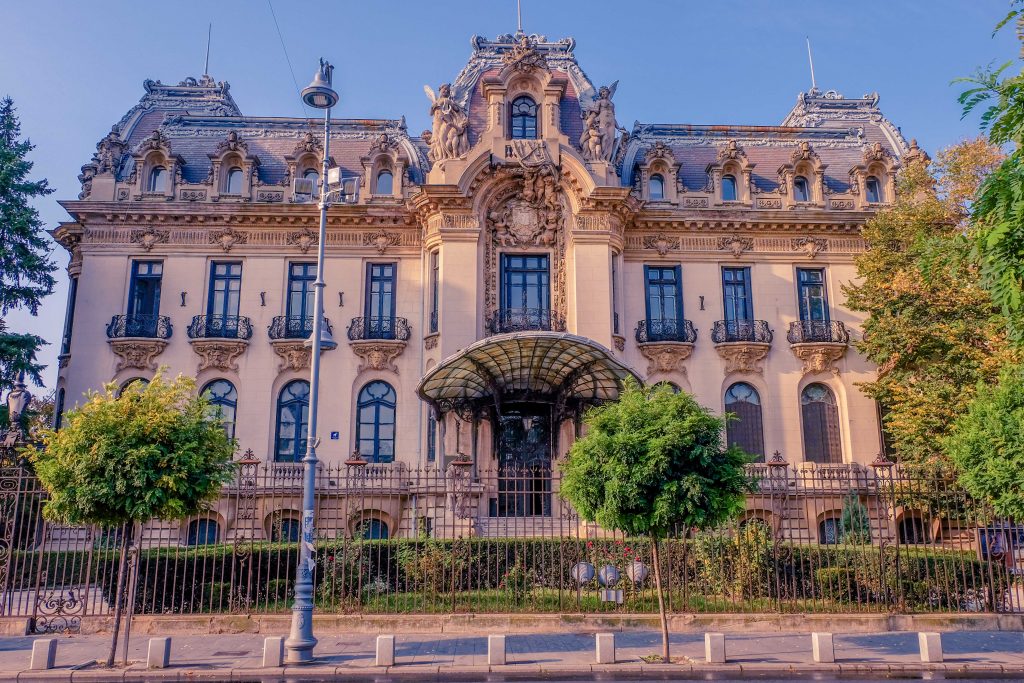
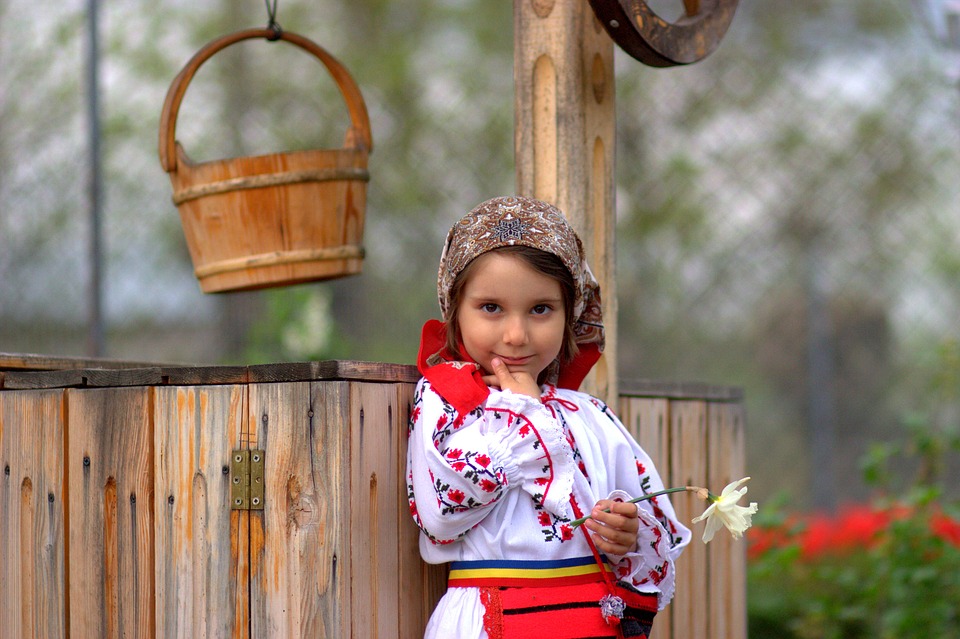
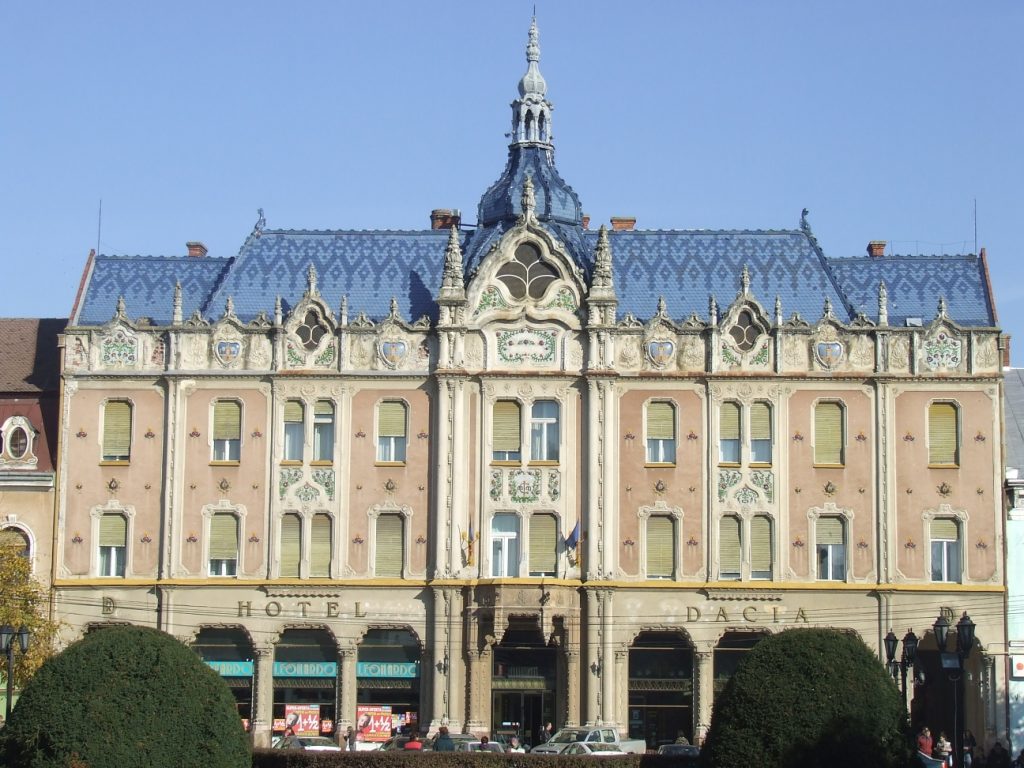

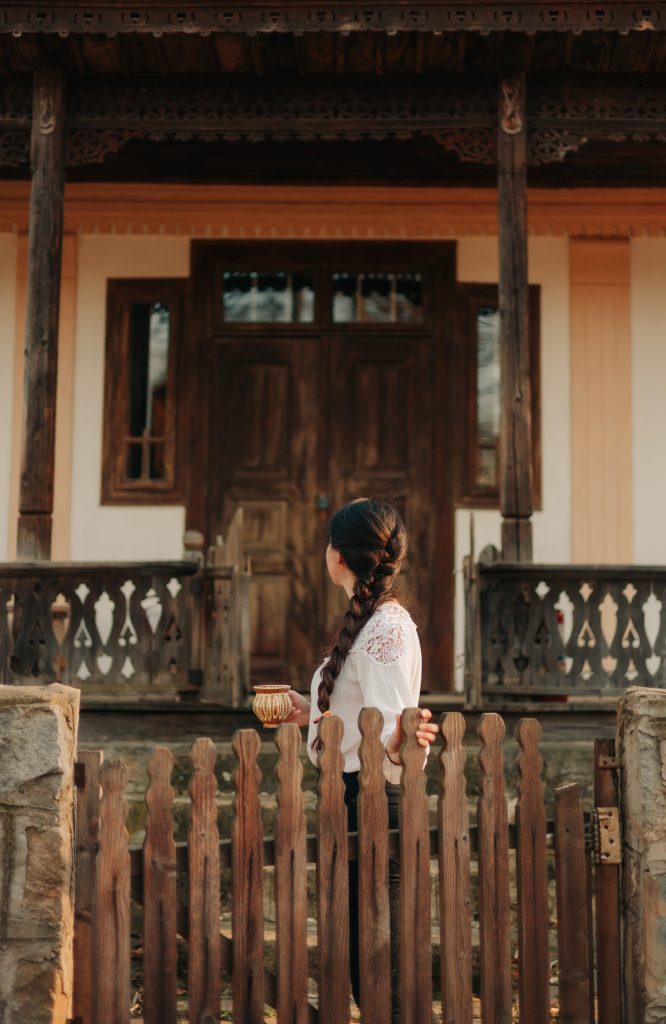


Leave a Reply